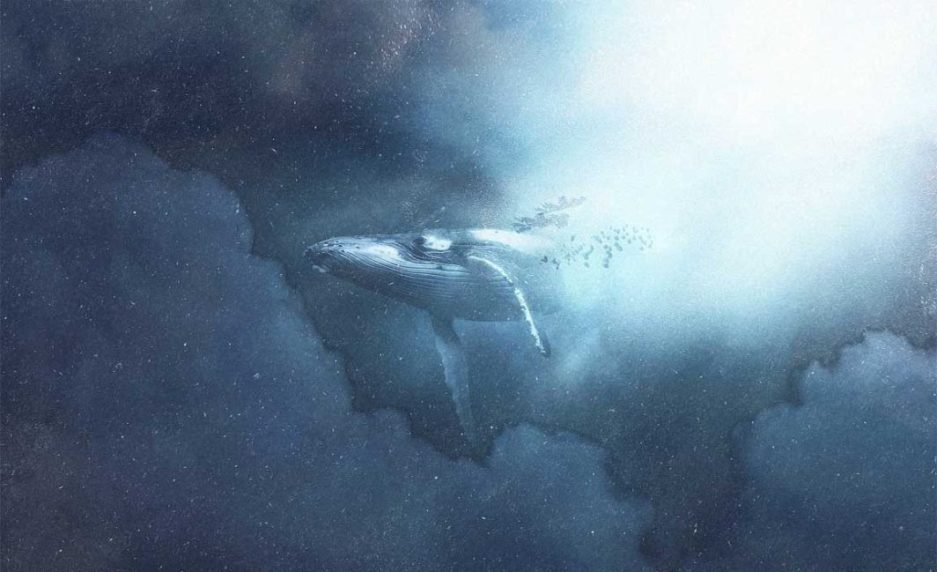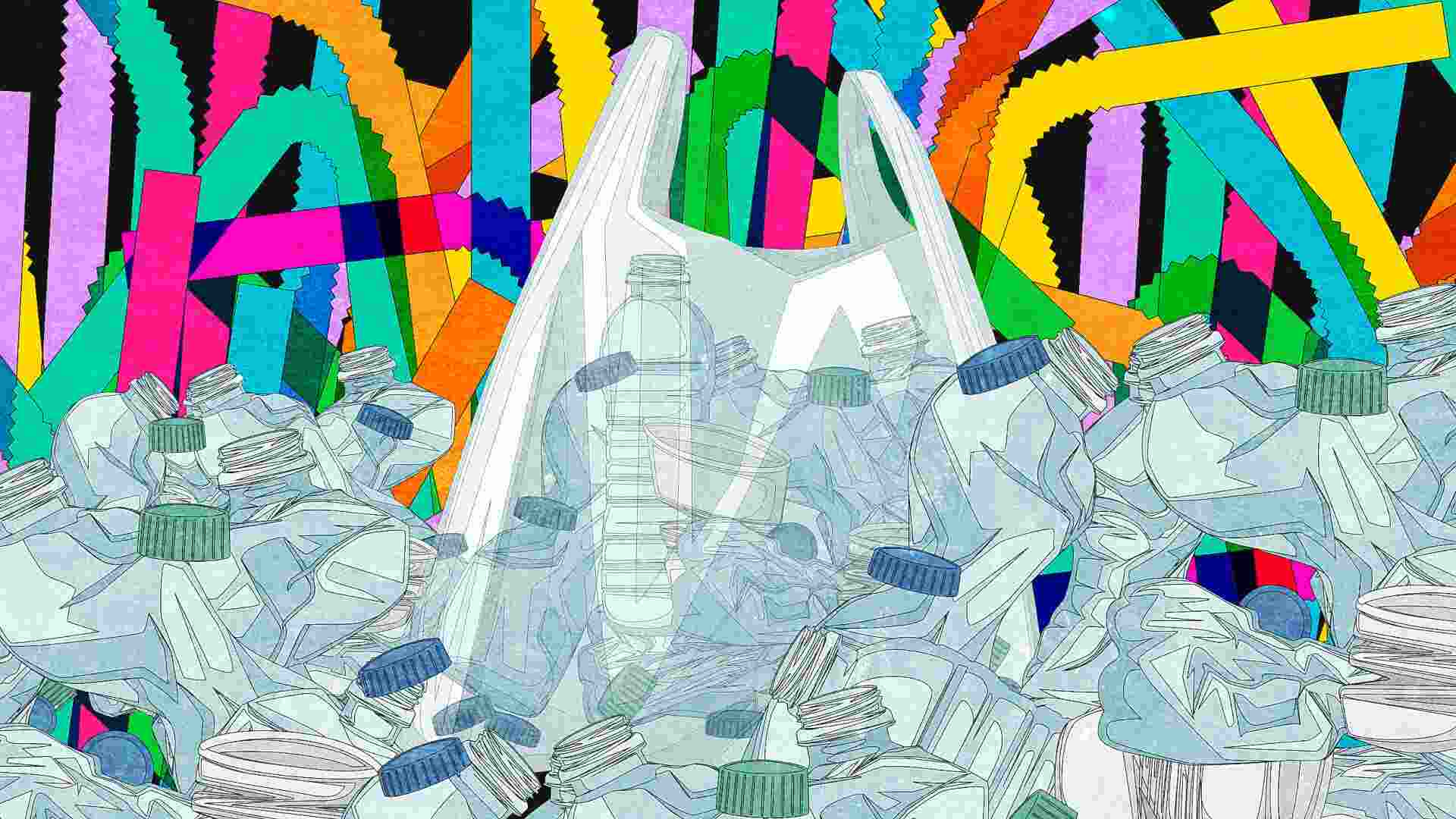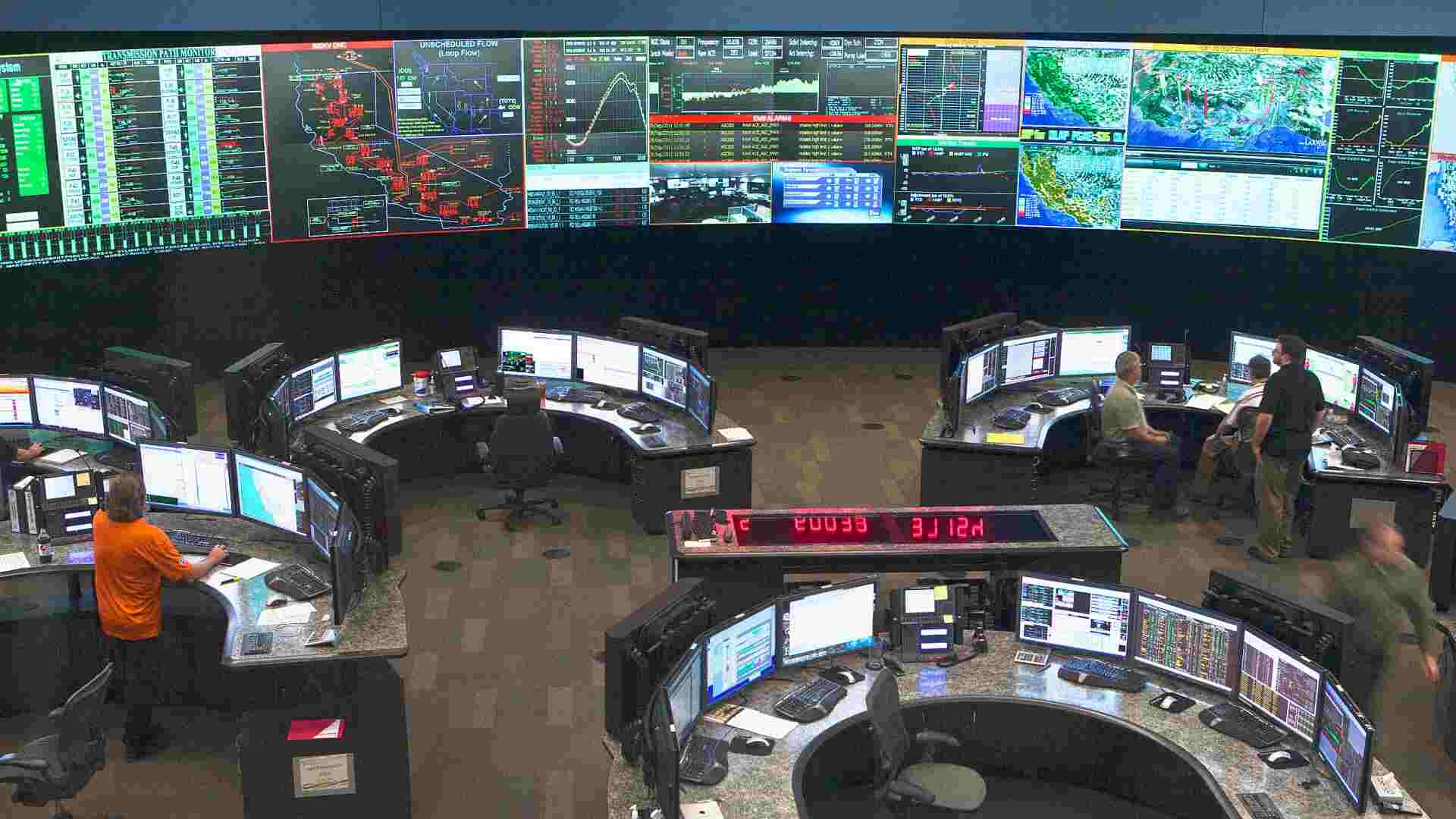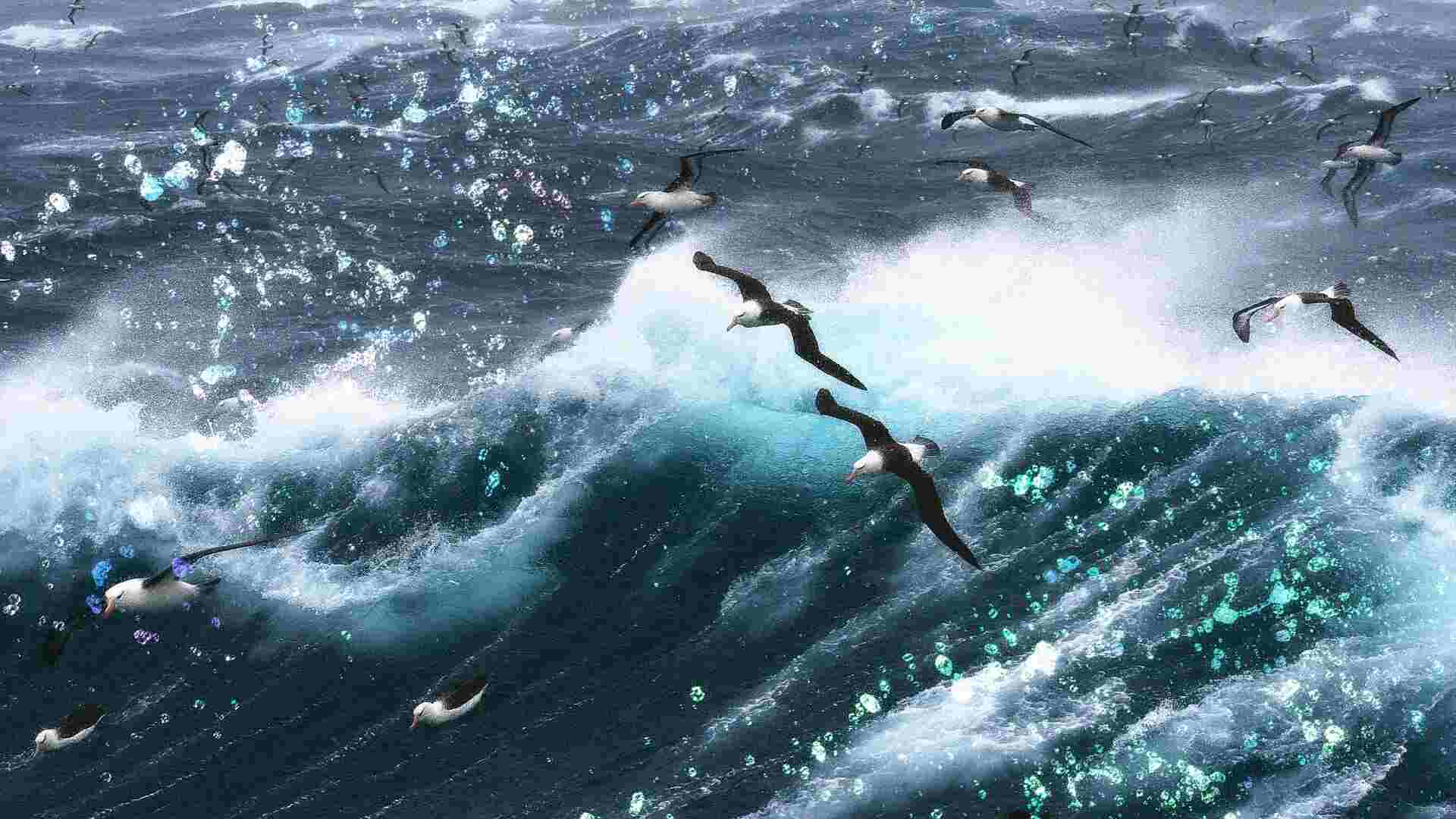- | 9:00 am
Whales may be a secret weapon in the fight against climate change
A new paper looks at the role whales play in storing carbon, arguing that increasing conservation efforts could lead to more carbon sequestration.

When we think about ways to sequester carbon from the atmosphere, our minds may first go to trees—either planting new ones or protecting the oldest and largest forests. But trees aren’t the only living things that sequester carbon, and scientists are learning more about another one of nature’s largest creatures that could help fight climate change and reduce CO2: whales.
Our oceans are a major carbon sink, absorbing about 22% of the planet’s CO2 emissions, thanks to marine plants and animals. Whales, among the largest and longest-living marine creatures, can not only store large amounts of carbon in their bodies, but could indirectly help the ocean’s carbon intake in other ways as well. Their fecal matter, for example, is rich in nutrients that feed the growth of phytoplankton—which, like trees, take in carbon dioxide from the atmosphere for food. The world’s phytoplankton, by one estimate, absorb 10 to 20 billion tonnes of CO2 each year.
Exactly how much carbon whales can help remove is still unknown. “That’s the million dollar question,” says Heidi Pearson, a biologist at the University of Alaska Southeast and the lead author on a paper exploring the role of whales in the carbon cycle, published Thursday in the journal Trends in Ecology and Evolution. Still, her paper argues that increasing conservation and whale recovery efforts could lead to more carbon sequestration.
By virtue of being large, long-living creatures, whales naturally store carbon in their bodies, called biomass carbon. Whales can weigh up to 150 tons and some species, like blue whales and fin whales, are among the largest creatures to have ever existed. Whales can also live between 50 and 90 years (though some live longer), storing carbon all that time. When they die, their carcasses sink to the deep sea floor, continuing to store that carbon for thousands of years. By one estimate, one great whale (a term for the 13 largest whale species, including blue, humpback, and baleen whales) can sequester 33 tons of CO2, though Pearson’s paper cautions that current estimates don’t represent all great whale species across all oceans.
But where whales have the biggest potential to affect our carbon cycle, Pearson says, is through their byproducts, which stimulate the growth of phytoplankton. It’s not only their fecal matter that contains such nutrients, but also their urine, placentas, and even sloughed skin. “When phytoplankton have more nutrients, then there’s the potential for more phytoplankton, and those phytoplankton are sucking up more CO2,” she says. But again, there are a lot of unknowns. “We really need to drill down more into the science of how much phytoplankton do whales stimulate, and then, can the carbon in that phytoplankton be sequestered into the deep sea?”
This puzzle of figuring out just how valuable whales are to the carbon cycle will have to be a group effort from many different fields. The paper itself was an interdisciplinary collaboration between oceanographers, marine ecologists, phytoplankton experts, and even economists, who can help quantify the carbon benefit of whales in an economic sense. Pearson points to the REDD Programme, a United Nations framework for preserving forests, which has helped inform guidelines for forest carbon credits, as an example. “That’s leaps and bounds down the road with respect to whales, but if we can get the science in hand, then economists can help us to bridge that gap between what carbon from whales might mean from an economic perspective.”
Some economists are already working on this. Ralph Chami, a financial economist and assistant director at the International Monetary Fund, has a recent TED Talk about the value of a whale and its carbon sequestration, and why the economy should protect nature. Looking at whales, he says in that talk, “I said wait a minute, this looks like a share of stock that pays dividends, except those dividends are live dividends that give birth to more dividends.” By his accounting, a single whale’s carbon service is worth more than $2 million. (Chami, who was not involved with the recent paper, is also working on valuing elephants in a similar way.)
Pearson’s paper has some concerns with that monetary valuation, and how Chami and his colleagues came to it. One is around how much they say whales could increase phytoplankton productivity; a 2019 paper he coauthored based the valuation on a 1% increase, but Pearson’s paper says that “whales are absent from vast areas, with no indication that they could increase phytoplankton productivity by 1%.”
There’s also the question of how long that carbon can be stored. Though whales can store carbon for decades or more, phytoplankton themselves only store it for days or months. Some of that carbon returns to the ocean’s surface when they’re eaten, while some of it falls to the deep sea. How much more carbon phytoplankton can store thanks to whales, and how much of that carbon can get sequestered to the deep sea where it can then stay for centuries, are some of Pearson’s big questions.
Chami admits these are still a bit open ended. “The whole point of our work has been to raise awareness on the value of a living nature to our health and to our economic wellbeing, and of course to promote more science,” he says over email. “We, too, are working with scientists to reduce uncertainty and get compelling quantitative evidence on the relationship between nutrients from whales, phytoplankton blooms, and carbon sequestration in the seabed.”
Pearson’s paper includes its own economic framework to quantify the value of whale carbon, but it doesn’t offer a number. “When we get the data that we need to fully quantify the role of whales in the carbon cycle, we can plug it into the suggested economic framework that we have in our paper,” Pearson says.
Still, both viewpoints underscore how conserving whales could help reduce our atmospheric carbon. While Chami notes that there are lots of policy questions around things like equity, governance, transparency, and time-consistency, he also stresses that we’re running out of time. “The current paradigm places a value of zero dollars on a living whale,” he says. “That means an open season on killing them with impunity while we debate the perfect science. But, If we wait for the science to be perfect, neither we nor the whales will be around to witness tomorrow.
Both teams also recognize the dramatic drop in whale populations due to industrial whaling. Some populations today, including the antarctic blue whale, are just 1% of their pre-industrial whaling numbers. That decline hasn’t just meant less carbon sequestration—it’s also affected marine ecosystems and food webs across the oceans. If we can focus on whale conservation and protection, that doesn’t only have the potential for increased carbon benefits, Pearson says. “If we have more whales, we have healthier ecosystems all around.”






































